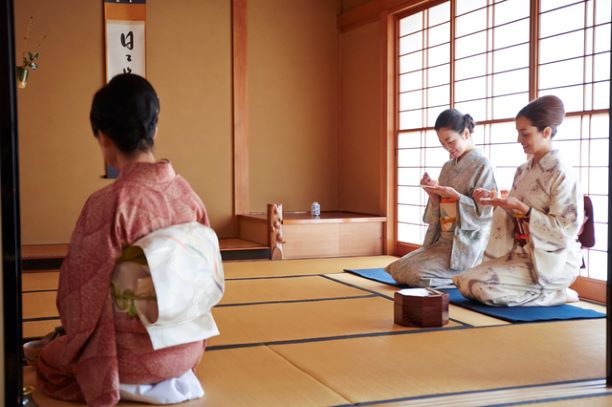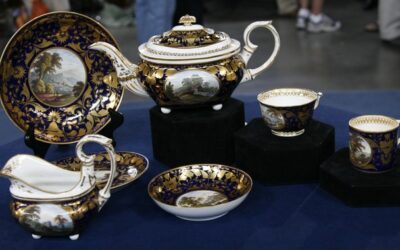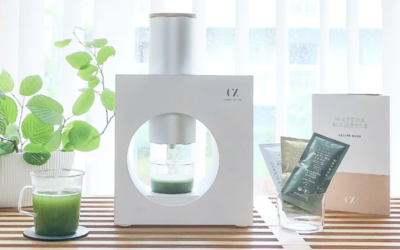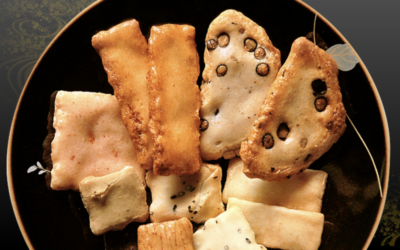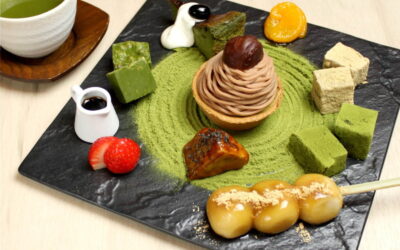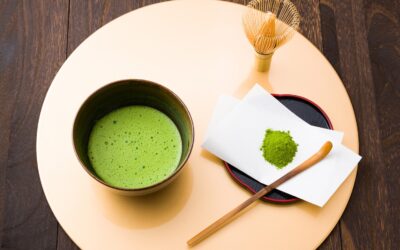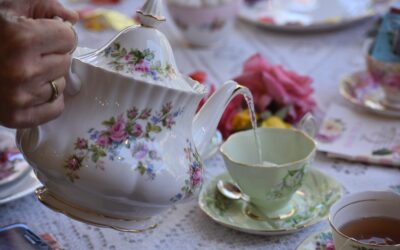Matcha is now known worldwide, being sold in coffee shops, supermarkets specializing in organic products, and even across the ocean in Western countries. In particular, matcha is attracting attention as a “superfood” that supports beauty and health due to its high nutritional value.
How did Matcha start its history? How has the tea ceremony, a traditional Japanese culture that continues to this day, been kept? And how has it developed to become a part of people’s daily lives, not only in Japan but also around the world?
Tea Cultivation
Japanese original, “Oika” Cultivation
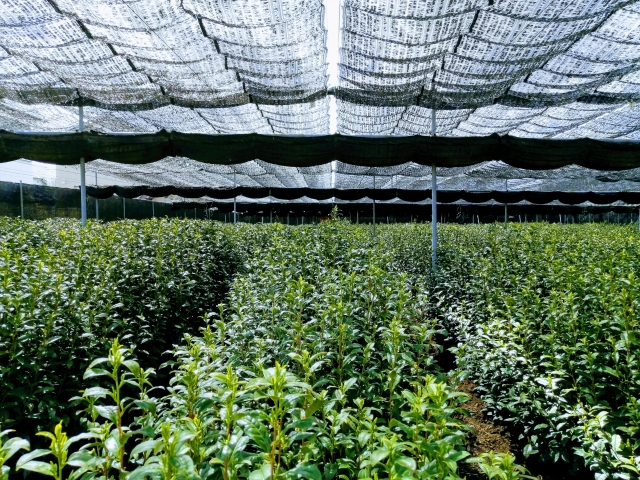
Along with the development of the tea ceremony, there has been great progress in the cultivation of tea leaves. It is called “Oika Cultivation,” and it is a uniquely Japanese way of growing tea leaves. It is a method of covering the tea trees for about two weeks before plucking to block the sunlight. This technique originated in Uji, where the winters were cold and straw umbrellas were placed over the tea trees to protect them from frost. It is said that the tea produced from these trees was so delicious that it became a cultivation method.
Why does tea taste better when it is shielded from sunlight? It has already been proven by current science that tea tastes better when it is shielded from sunlight, and under-cover cultivation is considered to be a reasonable method.
When tea plants are darkened during growth, they are unable to photosynthesize, making it difficult for them to obtain the nutrients they need to grow. Therefore, it spreads its leaves in an attempt to produce more nutrients with less light.
In addition, instead of photosynthesis, it absorbs nutrients from the ground one after another. In this way, more amino acids, the source of flavor, are stored in the expanded tea leaves.
The Development of “Sencha”

However, only a few wealthy people were able to enjoy matcha, and the common people could only drink poor quality sencha. In those days, tea was brown, not green as it is today.
The turning point in tea culture came in 1638, when Soen Nagatani of Uji succeeded in reforming the tea-making process to create a high-quality sencha. Instead of boiling the plucked tea leaves, he invented a method of steeping them in hot water to preserve the vivid green color of the freshly plucked leaves.
This method was called the “Uji method” and spread rapidly throughout the country. Of course, it also spread to the “Oika” tea gardens used for “Tencha”, which led to the birth of the high-grade “Gyokuro” tea leaves.
The Decline and Revival of Matcha Culture
Sencha Spreading to Common People, Matcha Declining
During the Genroku of Edo period (1688-1703), when the culture of the merchants in “Kamigata”(near Kyoto) was at its peak, Sencha became popular among the merchants. In contrast to that, matcha continued to be enjoyed by the wealthy and Samurai.
Later, however, the culture of matcha drinking suddenly began to decline in Japan. This was triggered by the abolition of the status system at the end of the Edo period. With this, the class of samurai disappeared, and there was no one left to enjoy matcha.
A last resort “Female Education”
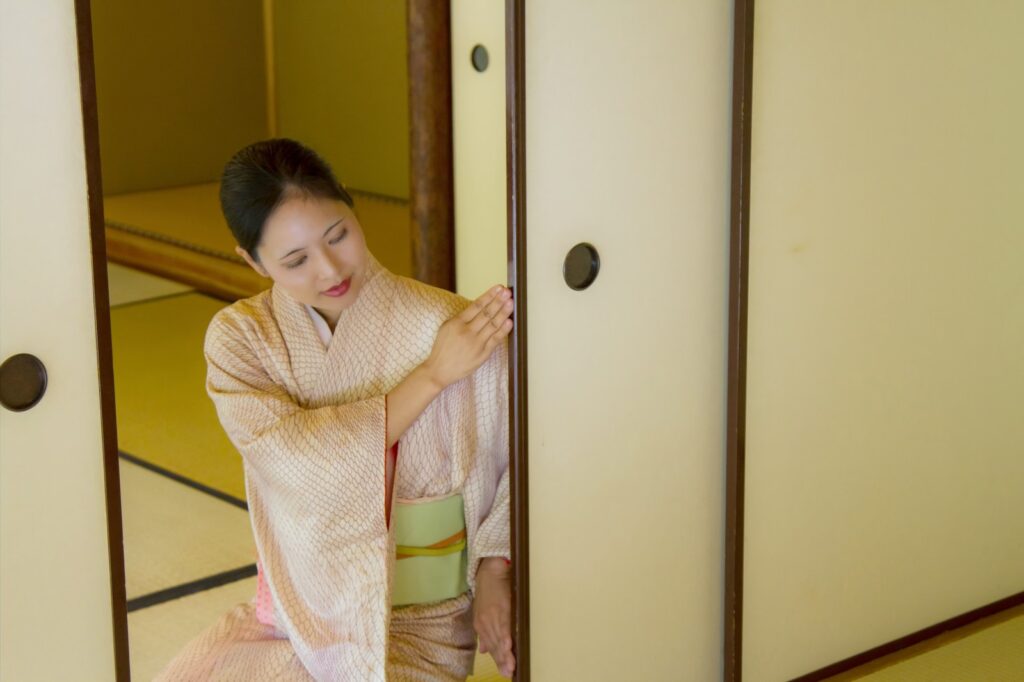
At the beginning of the Meiji era (1868-1912), when the custom of the tea ceremony was rapidly dying out, many of the Senke, a family of tea ceremony practitioners favored by the samurai, found themselves in financial difficulties. In order to break out of this situation, a plan was born to incorporate the tea ceremony, or Cha-no-Yu, into female education as a part of their training in discipline and manners.
The first person to introduce the tea ceremony into female education was Kakei Atomi. She introduced that into the curriculum of the Atomi Girls’ School, which opened in 1875.
As a result, the tea ceremony became one of the most popular educational activities in Japan to teach people to be considerate of others and to have beautiful manners.
This activity is still being practiced today, and many Japanese schools have incorporated the tea ceremony into their club activities.
“The Book of Tea” by Tenshin Okakura
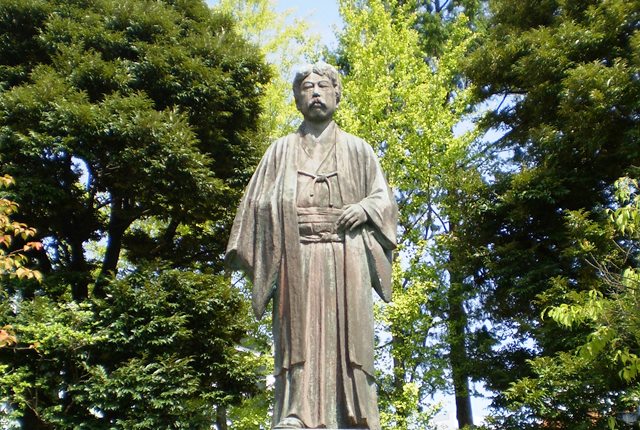
It was around this time that the culture of the tea ceremony became known to the rest of the world through a book written by one person. That book was “The Book of Tea”. The author, Kakuzo Okakura (1862-1913), was an art critic well known by the name of Tenshin Okakura. During the Meiji era (1868-1912), when Japan’s traditional culture was neglected due to westernization, Okakura worked hard to reevaluate Japanese culture. He wrote this book in English in order to promote the value of Japanese and Asian traditional culture to the world.
At first glance, the title of this book may seem to be about tea ceremony, but what it is really about is a thought-provoking book that brings to light the unique Japanese sense of beauty and worldview condensed into a single cup of tea. It is a dense book that approaches the essence of what the Japanese consider to be good and what they consider to be beautiful. As you read through the book, you will find that the ideas of the tea ceremony have influenced everything from Japanese architecture and gardens to clothing and paintings. Even if you are not familiar with the tea ceremony, you may nod your head to the ideas that “true beauty can only be found by those who perfect the ‘imperfect’ in their hearts” and “consider greatness even in trivial things.
Okakura described Inazo Nitobe’s “Bushido”, which was published at the same time, as “the art of death that makes soldiers abandon themselves with joy,” while the tea ceremony is “the art of life”. In the past, as well as today, we are striving to become a “world-class Japan,” but in the process, we often neglect our own value and the value of Japanese culture. Okakura’s words, urging us not to simply “westernize” Japan in order to spread our wings to the rest of the world, resonate well with those of us living in the present age.
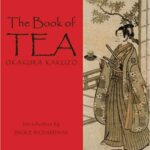
The Book of Tea
Media Type: Hardcover
Author: Tenshin Okakura
Language: English
Availability: Amazon(US)

